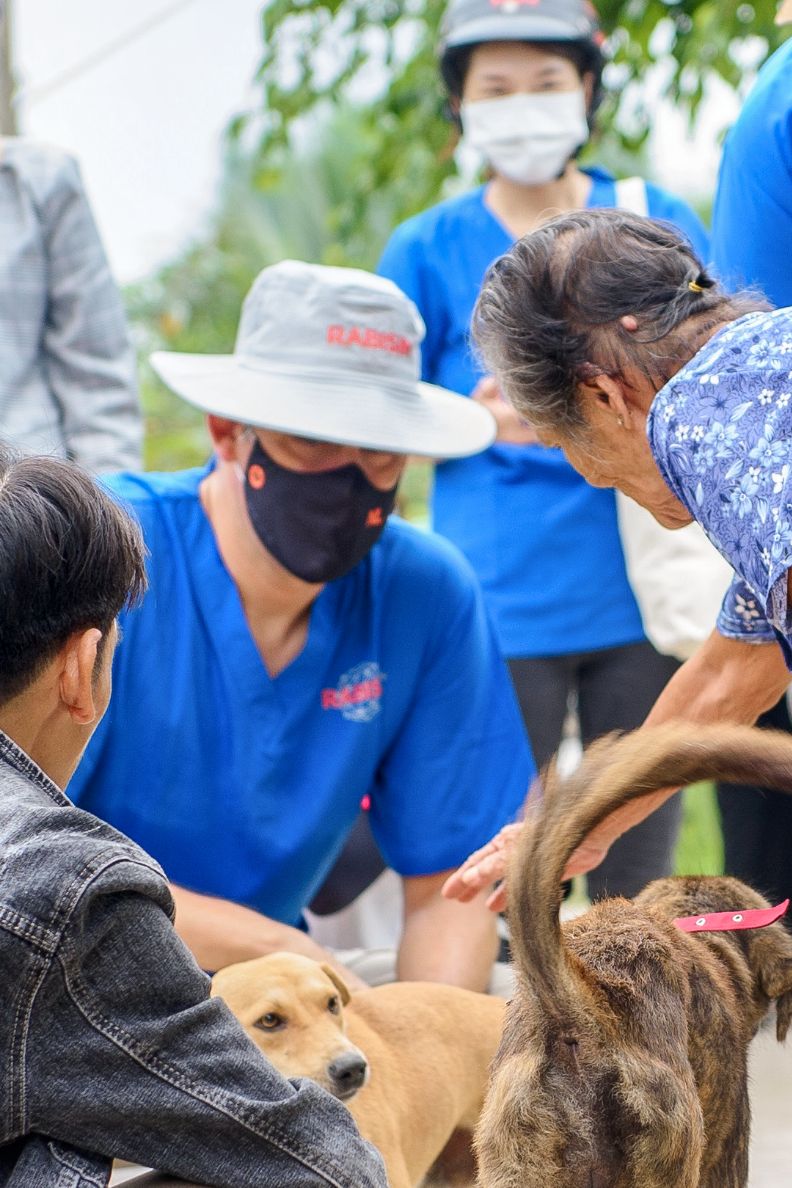- Home
- Our strategy
-
Our stories
-
More Health
- A guide to stop rabies in Southeast Asia
- A platform for chronic patients’ needs in Spain
- Advancing health equity in rural Mexico
- At the heart of health equity in the U.S.
- Better access to healthcare for Indigenous Peoples in Canada
- Coaching patients in Mexico to improve health
- Ecological stoves safeguard family health in Mexico
- How mobile medical clinics tackle health equity Down Under
- Joining forces to fight diabetes in Mexico
- Moving towards a rabies-free world
- Partnering in France for better healthcare solutions
- Soaring to save lives: Tackling health disparities in Africa via drone delivery
- Striking a blow against strokes in Brazil
- Total stroke solutions for China
- Traveling the LastMile in Kenya
- Veterinary care for pets of people experiencing homelessness in the UK
- Winning time with ‘stroke-ready’ hospitals and heroes
- Young and old unite against strokes in Brazil
-
More Potential
- Hope for youth with disabilities in South America
- Making More Health: Engaging with social entrepreneurs for sustainable health solutions
- More women for entrepreneurial health solutions
- Volunteering at Boehringer: Global impact through local engagement
- Why belonging matters – to all of us
- Women in STEM: Passion for science
-
More Green
- Clean Air Champions: Tackling air pollution in UK healthcare
- Looking at supply chain emissions through the magnifying glass
- Making our medicines greener through eco-design
- On the path to decarbonization: How we reduce our emissions
- Promoting production circularity with a powerful partnership in Denmark
- Taking action to reduce plastic waste in Japan
- Waste reduction and sustainable energy in Germany
- Water stewardship: Every drop counts
→ -
More Health
- Our key figures


A guide to stop rabies in Southeast Asia
Rabies, a preventable yet deadly disease, continues to pose a significant threat to millions of people in Southeast Asia. Boehringer Ingelheim, in collaboration with Eco-Business, has published a comprehensive white paper that aims to promote awareness about rabies elimination and support the regional project team’s STOP Rabies efforts.
The spread of rabies has been escalating in Southeast Asia since 2020, even reaching areas where cases have not previously been recorded. Factors contributing to this increase include large free-roaming unvaccinated dog populations, resource diversion due to COVID-19 and competing diseases, difficulty in accessing vaccines and medical treatment, and sociocultural influences on rabies perception.
Recommendations to prevent rabies
To strengthen awareness about the impact of rabies on developing communities in Southeast Asia, Boehringer engaged Eco-Business an independent media and business intelligence company dedicated to sustainable development and ESG performance, to develop a white paper. “Moving towards a rabies-free Southeast Asia” delves into the challenges and recommendations for rabies elimination in the target markets of Thailand, Vietnam, the Philippines, Malaysia, and Indonesia. It highlights the importance of contributing to the global goal, which aims for zero human deaths from dog-mediated rabies by 2030.


Sustainable health solutions are needed
Emphasizing the need for a united effort to eliminate rabies and protect both human and animal health, the white paper serves as a valuable guide for governments, organizations, and communities in Southeast Asia. To combat these challenges, it suggests solutions such as regional cooperation and localized holistic implementation of mass dog vaccinations, surveillance, and education programs. Success stories in this region have showcased tailored solutions that are fully sustainable, partnership-driven, and community-led. This shows that stories like these are possible – now it is time to turn them into a reality for more communities.

Moving towards a rabies-free Southeast Asia (PDF)

